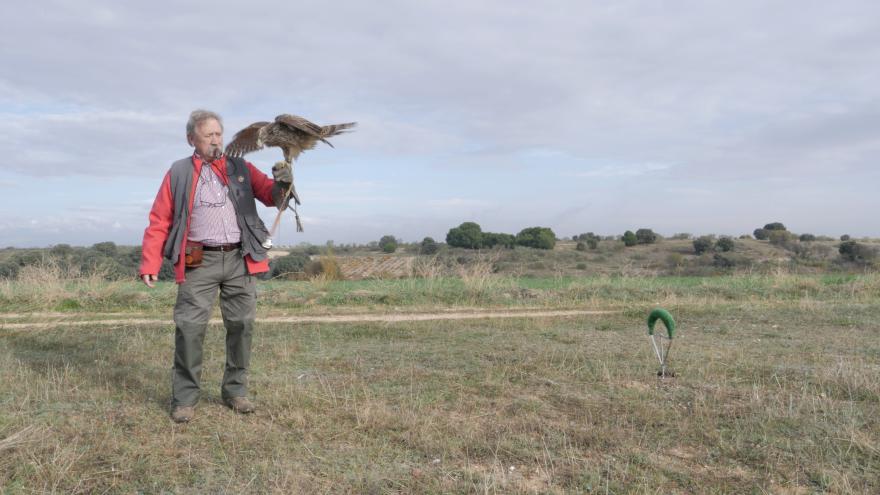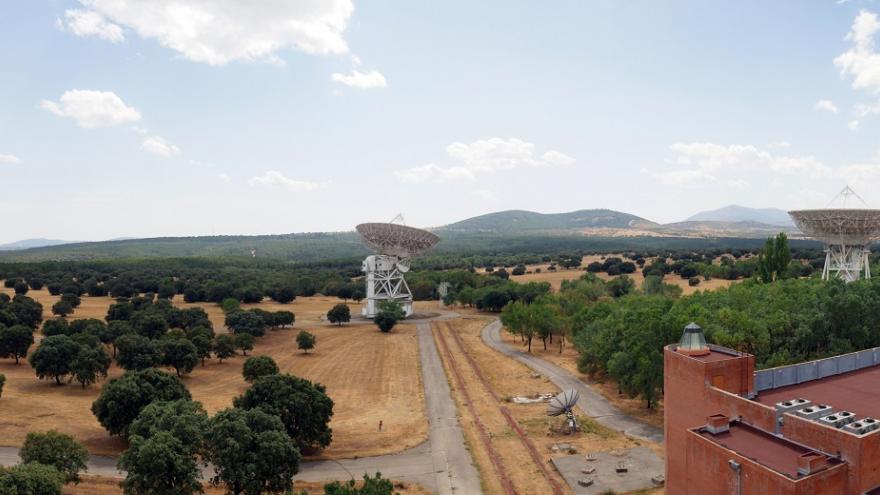
Falconry
Asset of Cultural Interest of the Intangible Heritage
Falconry It is a hunting activity that preserves ancestral values, being, in addition to a social tradition, a recreational activity that has been passed down from generation to generation. With its own vocabulary and specific equipment whose production is eminently artisanal, it favors the survival of an ancient trade.
Its practice contributes to the dissemination and maintenance of traditional culture and associations linked to falconry. An example of living traditions in the Community of Madrid, it has been declared an Asset of Cultural Interest within the Intangible Heritage.
Historic context
Practiced for over 4000 years and recognized by UNESCO as Intangible Cultural Heritage of Humanity since 2010, falconry is considered a traditional art that involves keeping, training, and flying birds of prey to obtain wild game.
According to José Manuel Fradejas Rueda, its origin could date back to the Asian steppes with possible falconry scenes in Hittite, Assyrian and even Egyptian reliefs, reaching Europe with the Gothic invasions.
The first iconographic example of falconry in Europe is found in the mosaic of the Roman villa of Argos, in the Peloponnese, Greece, dating from the 5th century.
Upon arrival to the Iberian Peninsula, two currents would converge, the Germanic and the Arab. The oldest known data appears in the Etymologies of Saint Isidore of Seville (560-636 AD) when, in classifying birds, he refers to those "that perch on the hand of man, like the falcon."
During the Andalusian period, between the 8th and 15th centuries, its practice was widespread, as shown by literary and artistic references such as ivory, wood, metalwork, fabric, and mural paintings.
This is the case of the Cordoba Calendar, the al-Mughira jar from the Louvre Museum, from the 11th century, and the Leyre casket from the Museum of Navarre. In the Christian kingdoms, we have the Mozarabic paintings of the Hermitage of San Baudelio de Berlanga, from the 12th century, as well as representations in stained-glass windows, such as those in León Cathedral, and capitals from Castilian, Aragonese, and Navarrese cloisters.
From the 16th century onward, the kings of Spain used falcons and horses on four occasions as a way to seal friendship treaties with other territories. Although falconry continued to be practiced from the 16th century onward, it gradually declined.
Falconry was born with a practical purpose, obtaining food, but over time it became a recreational and educational activity, especially when it was reserved for the ruling classes. In the mid-20th century, its practice resurfaced and has survived to the present day, losing its aristocratic character with the emergence of falconry associations and clubs, the first of which was founded by Félix Rodríguez de la Fuente.
Images from the audiovisual documentation project on intangible heritage assets in the Community of Madrid, funded by the European Union's Recovery, Transformation, and Resilience Plan—Next Generation EU.
Description and elements of falconry
Falconry is a sport regulated in Spain by the Higher Sports Council. Within this discipline, there are different modalities, depending on the flight altitude of each species: high flight or soaring, practiced with falcons, and low flight.
Falconry is also used in other areas, such as at airports to control and eradicate birds from runways and prevent accidents, and for wildlife control in some municipalities such as Fuenlabrada, Leganés, and Getafe.
- El bird training It consists of three phases, which are known in falconry jargon as shaving: the revealing, the placing and the introduction to the decoy.
- The practice of falconry involves a specific vocabulary, as well as a rich craftsmanship made of leather, metal and wood, with a wide representation of outstanding artisans in the Community of Madrid.
- Between participants, falconer is the person who practices falconry, also known as a falconer, azorero or sparrowhawk, in reference to the type of bird used. On the other hand, a good number of associations and federations such as the Spanish Association of Falconry and Conservation of Birds of Prey (AECCA) and, in the Community of Madrid, the Royal Guild of Falconers of Spain, among others.
- Utensils used, among which it is worth highlighting the hood, usually decorated on its upper part, which covers the bird's head, lua or leather glove, the lure, an essential tool for recovering the trained bird, jesses, the bells called prima and bordón, depending on whether they emit a high or low sound, and the alcantaras for perching birds.






